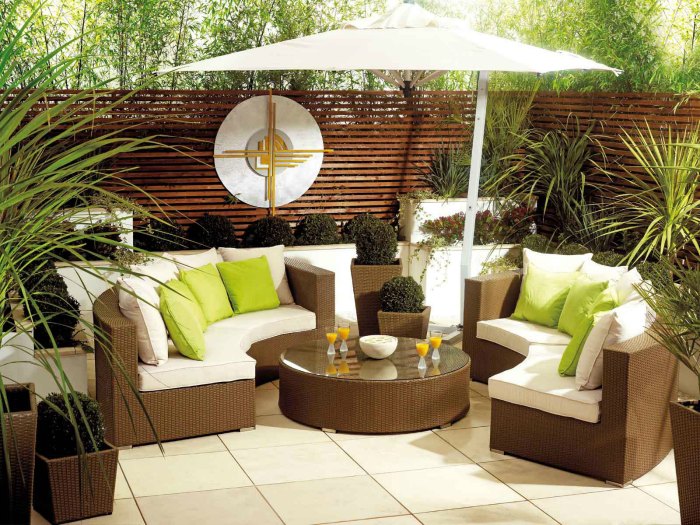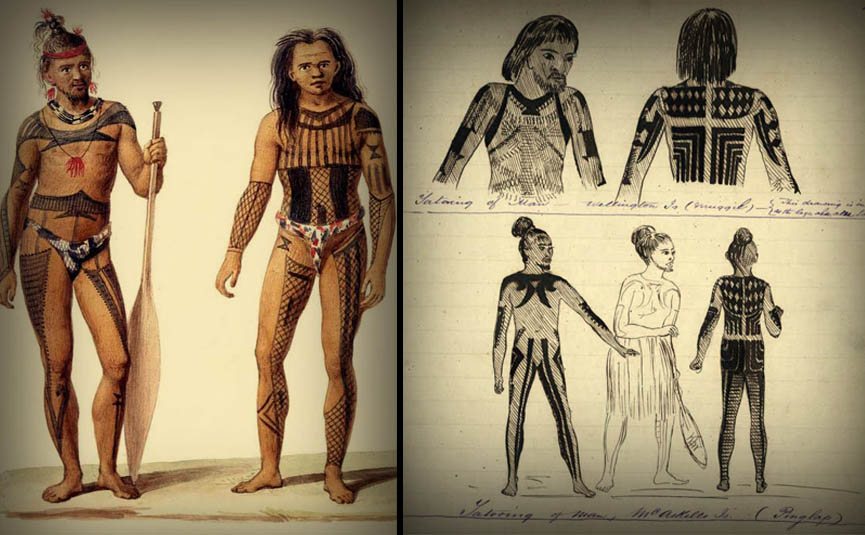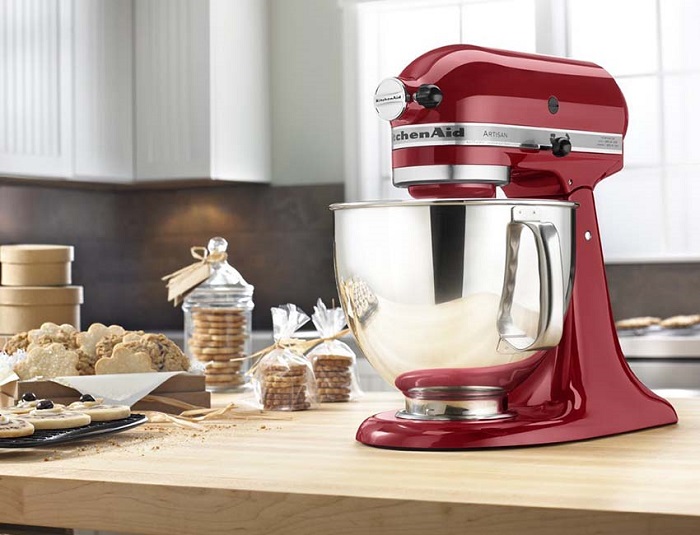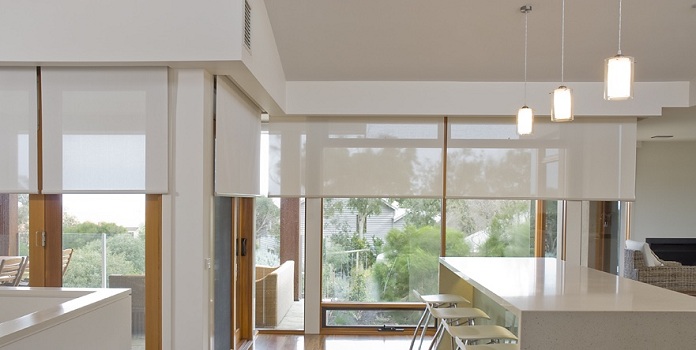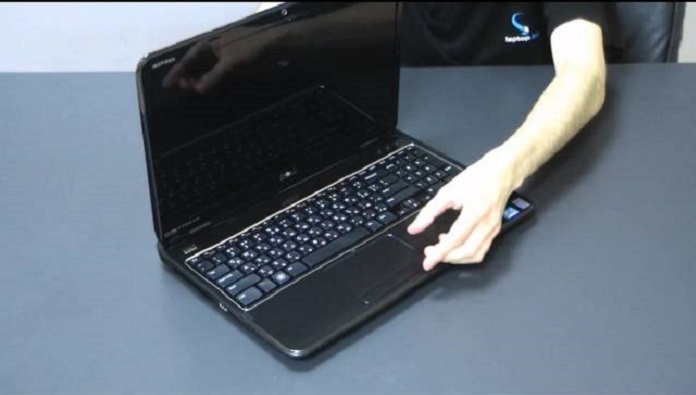When embarking on a maritime adventure, whether you’re a seasoned sailor or a casual boater, the importance of reliable power cannot be overstated. Marine deep cycle batteries are essential components that power various electrical systems on boats, from navigation and communication devices to lights and appliances. These batteries are specifically designed to provide a steady and reliable flow of electricity over extended periods, making them distinct from standard automotive batteries, which deliver short bursts of energy for starting engines. In this article, we’ll explore the different types of marine deep cycle batteries, each with unique characteristics and applications.
Flooded Lead-Acid Batteries

Flooded lead-acid batteries, also known as wet-cell batteries, are the most traditional and widely used type of marine deep cycle battery. They consist of lead plates submerged in a liquid electrolyte composed of sulfuric acid and water. These batteries are known for their reliability and affordability.
Advantages:
- Cost-Effective: Flooded lead-acid batteries are generally less expensive than other types.
- Durability: With proper maintenance, these batteries can have a long lifespan.
- Availability: They are widely available and come in various sizes and capacities.
Disadvantages:
- Maintenance: Regular maintenance is required, including checking electrolyte levels and topping up with distilled water.
- Ventilation: They need adequate ventilation to prevent the build-up of hydrogen gas, which can be hazardous.
- Spillage: The liquid electrolyte can spill if the battery is not kept upright.
Sealed Lead-Acid Batteries (SLA)

Sealed lead-acid batteries, including Absorbent Glass Mat (AGM) and Gel batteries, are a step up from traditional flooded batteries. They are designed to be maintenance-free and are sealed to prevent spillage.
Absorbent Glass Mat (AGM) Batteries:
AGM batteries use a fiberglass mat to absorb the electrolyte, making them spill-proof and highly resistant to vibration.
Advantages:
- Maintenance-Free: No need to check or refill the electrolyte.
- Durability: Resistant to shock and vibration.
- Safety: Reduced risk of acid leakage and gas emissions.
Disadvantages:
- Cost: More expensive than flooded lead-acid batteries.
- Weight: Heavier than flooded batteries of the same capacity.
Gel Batteries:
Gel batteries use a silica-based gel to suspend the electrolyte, which also makes them spill-proof and maintenance-free.
Advantages:
- Deep Cycling: Excellent for deep discharge applications.
- Durability: Highly resistant to vibration and extreme temperatures.
- Maintenance-Free: No need to check or refill the electrolyte.
Disadvantages:
- Cost: Generally more expensive than AGM and flooded batteries.
- Charging: Sensitive to overcharging, which can damage the gel.
Lithium-Ion Batteries

Lithium-ion batteries represent the latest in battery technology, offering numerous advantages over traditional lead-acid batteries. They are becoming increasingly popular in the marine industry due to their superior performance and efficiency.
Advantages:
- Weight: Significantly lighter than lead-acid batteries, reducing overall boat weight.
- Energy Density: Higher energy density, providing more power in a smaller size.
- Lifespan: Longer lifespan, with more charge and discharge cycles.
- Efficiency: Faster charging and more efficient energy use.
- Maintenance-Free: No need for regular maintenance.
Disadvantages:
- Cost: Much higher upfront cost compared to lead-acid batteries.
- Management: Requires a Battery Management System (BMS) to ensure safe operation.
- Temperature Sensitivity: Performance can be affected by extreme temperatures.
Nickel-Cadmium (NiCad) Batteries
While less common in marine applications, Nickel-Cadmium batteries are known for their robustness and ability to deliver high power output.
Advantages:
- Durability: Extremely durable and can withstand rough handling.
- Performance: Good performance at low temperatures.
- Lifespan: Long cycle life.
Disadvantages:
- Cost: Higher cost compared to lead-acid batteries.
- Memory Effect: Can suffer from a memory effect, reducing capacity if not fully discharged regularly.
- Environmental Concerns: Cadmium is toxic and requires special disposal methods.
Nickel Metal Hydride (NiMH) Batteries
Nickel Metal Hydride batteries are an improvement over NiCad batteries, offering better performance and less environmental impact.
Advantages:
- Energy Density: Higher energy density than NiCad batteries.
- Environmentally Friendly: Less toxic than NiCad batteries.
- Memory Effect: Reduced memory effect compared to NiCad batteries.
Disadvantages:
- Cost: More expensive than NiCad batteries.
- Temperature Sensitivity: Performance can degrade at high temperatures.
- Lifespan: Shorter lifespan compared to some other battery types.
Conclusion

Selecting the right marine deep cycle battery is crucial for ensuring reliable power on your boat. Each type of battery has its own set of advantages and disadvantages, making it essential to consider your specific needs and budget. Flooded lead-acid batteries are a cost-effective choice for those willing to perform regular maintenance, while sealed lead-acid batteries offer convenience and safety. Lithium-ion batteries, although expensive, provide superior performance and efficiency. Nickel-Cadmium and Nickel Metal Hydride batteries, though less common, have their own unique benefits.
Understanding these different types of marine deep cycle batteries will help you make an informed decision, ensuring that your maritime adventures are powered smoothly and efficiently.






